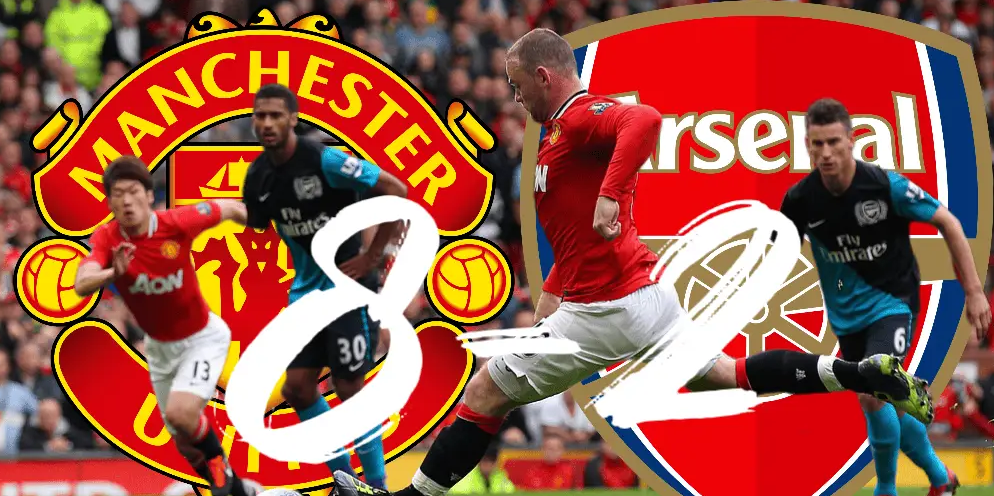
On August 28, 2011, Old Trafford witnessed one of the most shocking results in Premier League history as Manchester United dismantled Arsenal 8-2. This wasn't merely a defeat for Arsène Wenger's men—it represented a seismic shift in English football's power dynamics, exposing fundamental flaws in Arsenal's transfer strategy while showcasing Sir Alex Ferguson's genius in team rebuilding. The scoreline, which remains United's biggest ever victory over their London rivals, contained multitudes: tactical mismatches, generational squad transitions, economic influences on team building, and the long-term psychological and competitive impacts. This structure ensures we unpack both on-pitch events and underlying systemic factors.
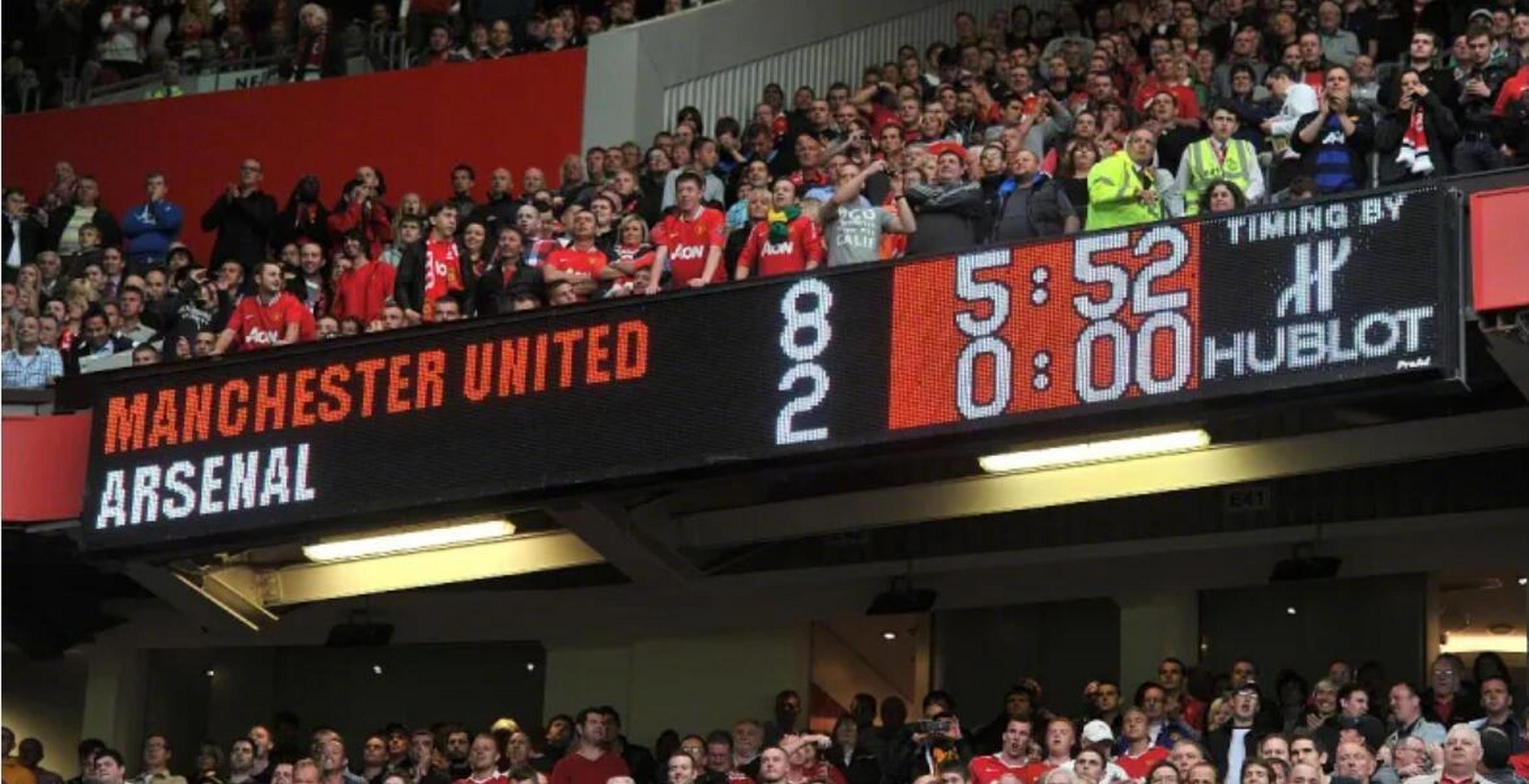
1. Tactical Masterclass vs. Defensive Meltdown: The On-Pitch Chess Match
Sir Alex Ferguson’s tactical blueprint exploited Arsenal’s structural fragility with ruthless precision. United deployed a 4-4-2 diamond, with Wayne Rooney operating as a fluid forward—dropping deep to disrupt Arsenal’s midfield pivot of Alex Song and Mikel Arteta, then surging forward to exploit gaps between Arsenal’s center-backs. This flexibility neutralized Arsenal’s attempts to control possession: United won 54% of duels in the final third (per Opta) and created 16 goal-scoring chances, compared to Arsenal’s 7.
Arsenal’s defensive shape collapsed under sustained pressure. Wenger’s decision to start Johan Djourou at center-back (in place of the injured Thomas Vermaelen) proved catastrophic: Djourou’s slow lateral movement allowed Danny Welbeck and Nani to exploit wide channels, while his poor positioning led to United’s third goal (Rooney’s header in the 34th minute). Worse, Arsenal’s full-backs—Bacary Sagna and Armand Traoré—were caught out of position repeatedly: United targeted Traoré’s flank for 40% of their attacks, resulting in goals for Nani (16th minute) and Ashley Young (68th minute).
A pivotal moment came in the 63rd minute, when Arsenal’s Kieran Gibbs was sent off for a professional foul on Young. Down to 10 men, Arsenal’s midfield compactness vanished; United scored four goals in the final 27 minutes, with Park Ji-sung and Javier Hernández capitalizing on exhausted defensive legs. Ferguson later admitted post-match: “We identified their full-back vulnerability early—we just kept pressing until the dam broke.”
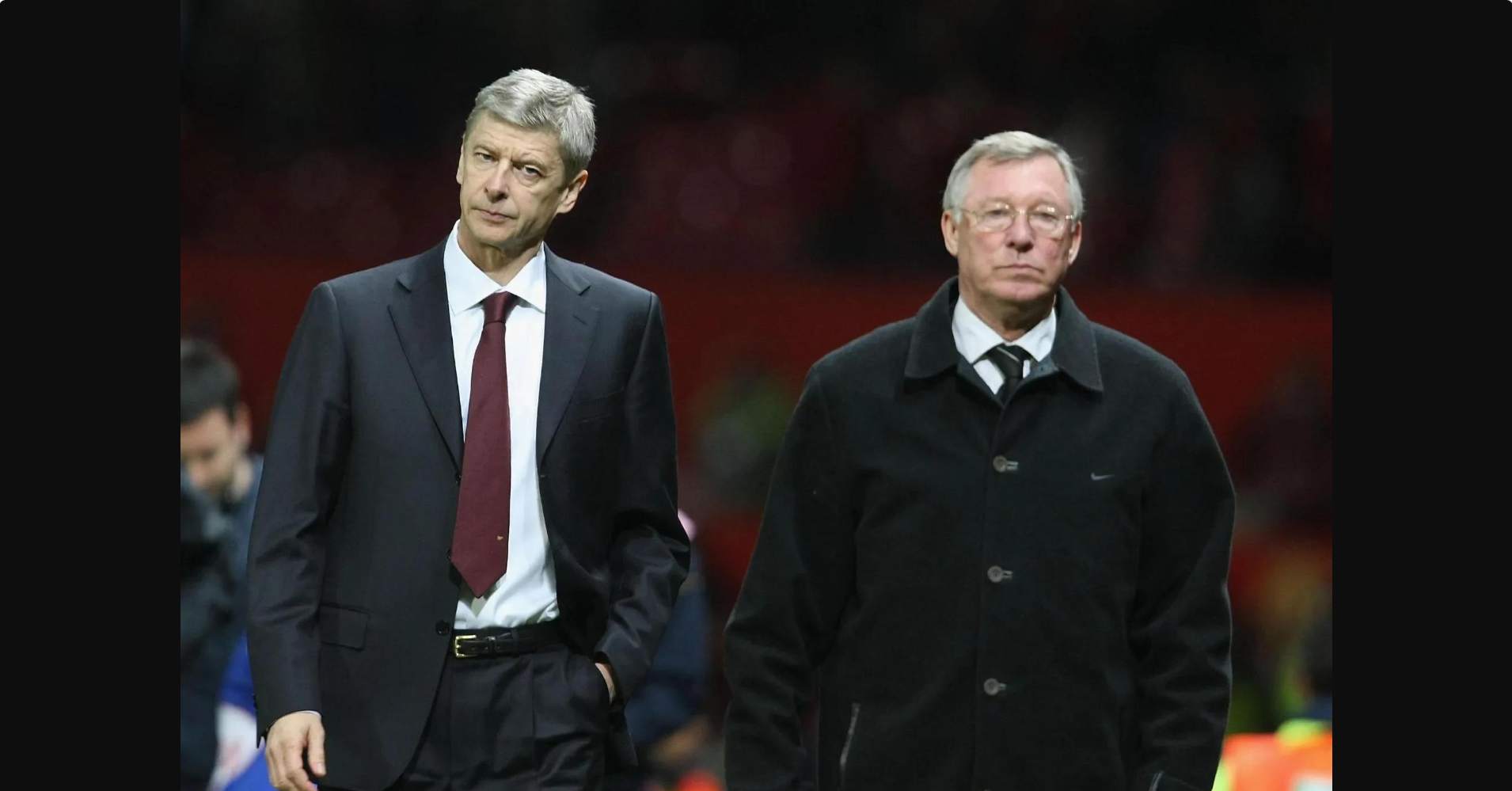
2. Generational Divide: Squads in Transition
The 8-2 scoreline laid bare a stark contrast in how United and Arsenal managed generational change. Ferguson had spent three years rebuilding his squad after the 2009 Champions League final defeat, blending experienced core players (Ryan Giggs, Paul Scholes) with emerging talent (Chris Smalling, Phil Jones) and shrewd signings (Young, Hernández). This balance ensured consistency: United’s starting XI against Arsenal had an average age of 27.2, with 10 players having made over 50 appearances for the club.
Arsenal, by contrast, were in a state of flux. Wenger had sold key veterans in preceding years—Cesc Fàbregas (to Barcelona, 2011), Samir Nasri (to Manchester City, 2011)—without replacing them with players of comparable quality. The Gunners’ starting XI averaged just 24.8 years old, with six players (including Ramsey, Gibbs, and Frimpong) having fewer than 30 first-team appearances. This inexperience showed in critical moments: Ramsey’s misplaced pass led to United’s second goal (Welbeck’s finish in the 22nd minute), while Song’s reckless challenge on Rooney gifted United a penalty (converted by Rooney in the 41st minute).
Ferguson’s ability to retain elite talent also mattered. Rooney, at 26, was in his prime—he scored a hat-trick and provided two assists, showcasing the kind of world-class output Arsenal lacked without Fàbregas. Wenger later conceded: “We lost players who gave us identity, and the young lads weren’t ready to fill those shoes yet.”
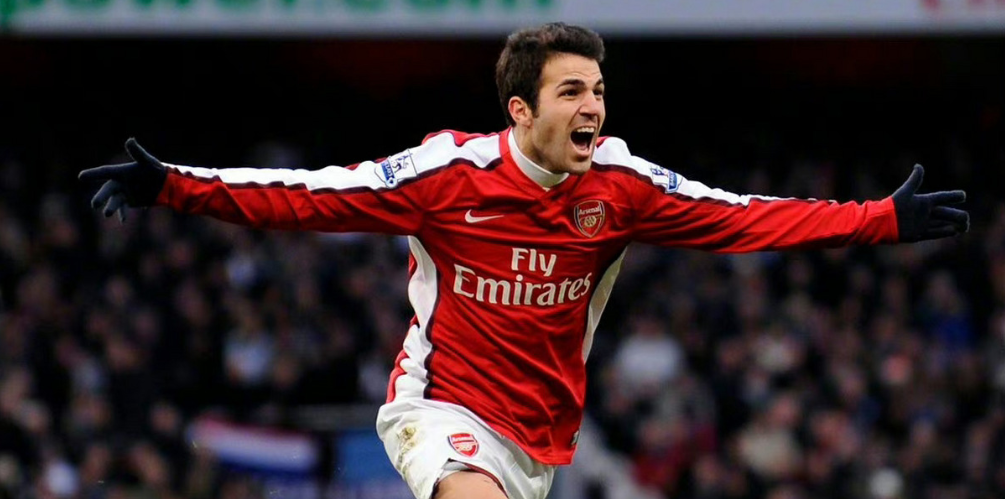
3. The Economic Underpinning of a Rout
Modern football economics played a silent but decisive role. Between 2008 and 2011, United invested over £150 million in new players (Young, Hernández, Jones, Smalling), funded by commercial deals (e.g., a £132 million shirt sponsorship with Aon) and matchday revenue (Old Trafford’s 76,000 capacity generated £50 million annually). This allowed Ferguson to build depth: United’s bench against Arsenal included Michael Owen and Anderson—players who could change the game, whereas Arsenal’s substitutes were largely youth-team products.
Arsenal, hamstrung by the £420 million Emirates Stadium debt, adopted a “sell-to-buy” model. The sales of Fàbregas (£35 million) and Nasri (£25 million) generated revenue, but Wenger reinvested just £22 million that summer (signing Arteta, Yossi Benayoun, and Per Mertesacker—who arrived too late to play against United). This financial constraint left Arsenal short in key areas: their midfield lacked creativity without Fàbregas, and their defense lacked leadership without Vermaelen.
The gulf in resources was reflected in the league table that season: United finished second (89 points) and won the Premier League the following year, while Arsenal finished third (70 points)—their fifth consecutive season without a trophy.
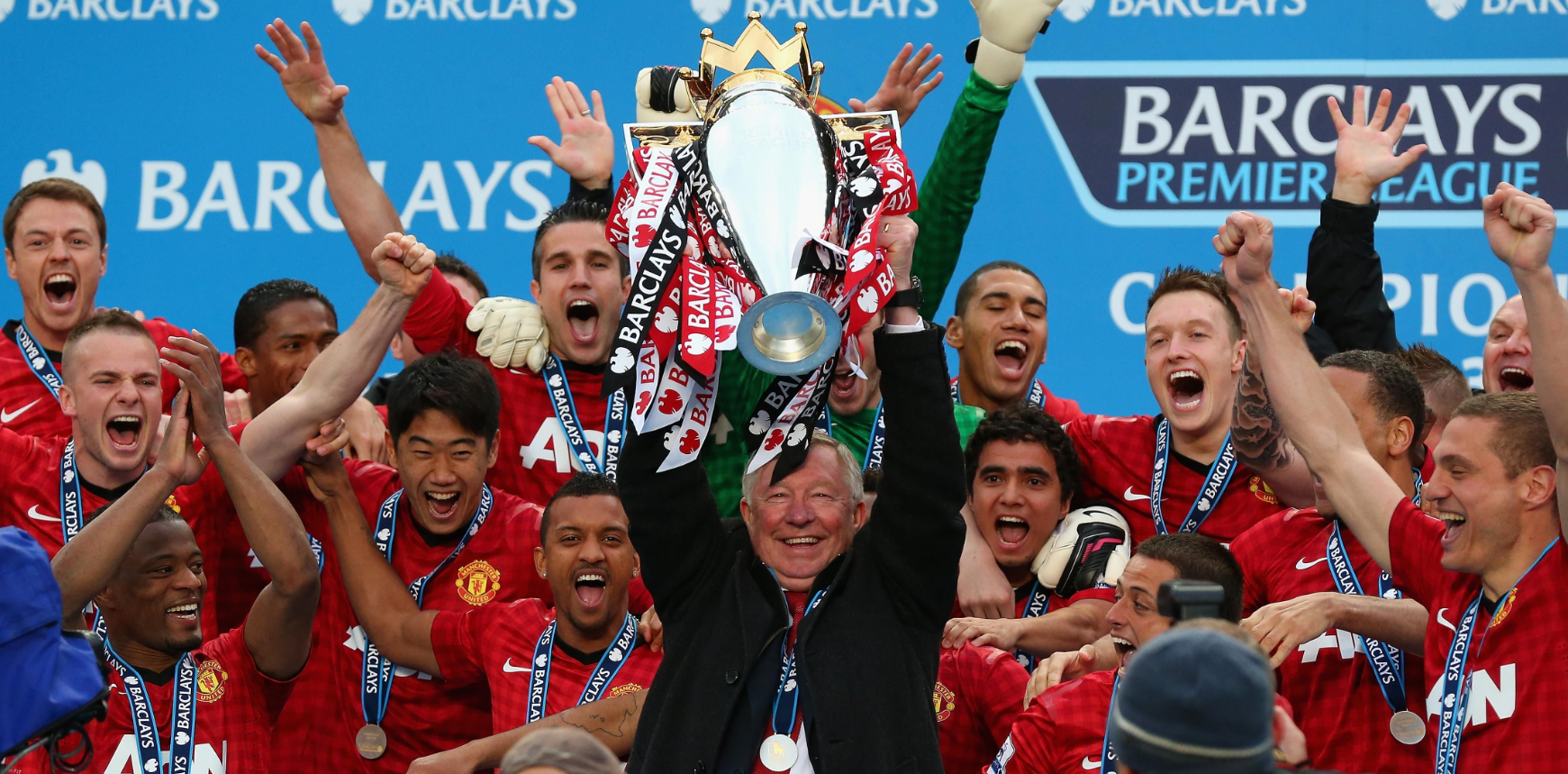
4. Psychological Aftermath and Long-Term Repercussions
For Arsenal, the 8-2 defeat was a psychological watershed. Wenger described it as “the darkest day of my tenure,” and the trauma lingered: Arsenal lost their next three away games (to Liverpool, Tottenham, and Swansea) and struggled to recover their confidence in big matches. Key players like Robin van Persie (who scored Arsenal’s two goals that day) grew frustrated with the club’s inability to compete for trophies, leading to his transfer to United in 2012.
For United, the victory reinforced Ferguson’s reputation as a master motivator. He used the win to galvanize his squad, declaring: “This shows we’re back in the hunt.” United went on to win 12 of their next 15 league games, and while they narrowly missed out on the 2011-12 Premier League title (to Manchester City), the 8-2 victory became a blueprint for how to dismantle top opposition.
Long-term, the match accelerated shifts in the Premier League’s power structure. It exposed Arsenal’s “financial prudence” model as unsustainable for title contention, while United’s success validated Ferguson’s approach of blending youth and experience. It also marked the beginning of Arsenal’s decline as a consistent title challenger—they would not finish higher than second in the Premier League for the next decade—while cementing United’s status as one of England’s elite until Ferguson’s retirement in 2013.
Conclusion: More Than a Scoreline
The 8-2 thrashing was never just about goals. It was a collision of tactical vision and tactical naivety, of sustainable squad building and short-term instability, of financial strength and financial constraint. For Ferguson, it was a masterclass in exploiting weakness; for Wenger, it was a wake-up call about the cost of stagnation. A decade later, the match remains a defining example of how one result can encapsulate the broader forces shaping modern football—tactics, generations, and economics—all converging to produce a result that reshaped the Premier League landscape.




